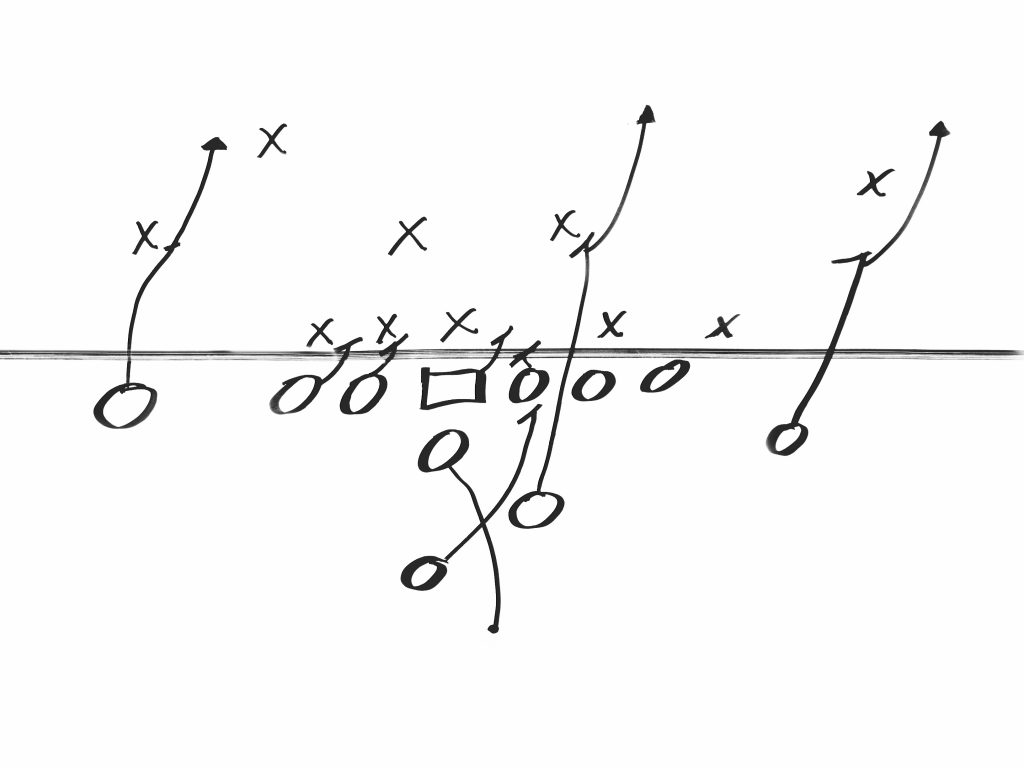I’ve never been good at playing any sport. I never felt like I found a role where I fit, even now when I’m playing in an adult soccer league. Recently though, I’ve found a better way to enjoy sports and feel like I’ve had a positive impact on the field. How exactly? Playing to my strengths after identifying my weaknesses.
So I can’t dribble, shoot, or speed past opponents. You know what I can do? I can be annoying with small (and appropriate) trash talk, be a pest on defense, and use my size to get more opportunities for my teammates (who can dribble, shoot, and speed past opponents).
What happened when I started doing this? A couple of things: I enjoyed the sport more, felt like I was a net positive for my team, and felt like I was finally a fit on the field. That’s when it occurred to me that this approach can extend beyond the soccer pitch — it can be used practically anywhere.
To be honest with you, I wouldn’t have figured it out if it weren’t for great leadership with the rest of my team, though. Our captains put the pieces together and encouraged everyone to be their best selves, Ted Lasso-like, if you will. With the right leadership encouraging you to utilize your strengths and improve your weaknesses, a lot can be accomplished.

There are projects that have been assigned to me that didn’t feel like a good fit, but taking my strengths and finding the best place to use them has led to professional success. That professional success is due to a collaboration between my mentors and myself. To get every member of a team to play to their strengths, it isn’t all just on the employee: leadership is incredibly important as well.
No matter what industry you find yourself in, balancing teammates’ strengths and weaknesses is tough and time-consuming, but worth your while. Every person who works for your organization was brought in for a reason, and they were brought in because they had certain strengths that you needed.
So how do you put all the right pieces together with each of them using their strengths effectively?
Patience makes perfect
Even if someone is the perfect fit for their position within your company, it’s going to take time to adjust to the new changes. Whether it’s someone learning how to play soccer for the first time (me) or someone who has jumped into a new company, giving your new person time to adjust and grow in the role is best for everyone.

Work with your colleagues
A manager can put the pieces together, but if the team doesn’t get along there is only so much they will be able to accomplish. This is a reason many organizations do a panel interview with potential employees: it’s not only to see the interviewee’s skills, but also to see if they would fit with the team. Do they get along? What is everyone’s work style? How can they contribute?

That harkens back to the first point in this blog: patience. If employees understand (to the best of their ability) their colleagues’ learning/work styles and their strengths, the team can come together to effectively complete projects and meet deadlines. Beyond just what’s accomplished on paper, it will make everyone on the team feel valued. No one can do it all on their own, and on a team everyone is in it together.
Trial and error
Maybe after some months a fit that everyone thought was perfect isn’t resulting in the expected outcome. Of course, that’s frustrating, but it just means everyone needs to go back to the drawing board.

Talk with your employees and colleagues and try to figure out what needs to change and how everyone can easily adjust to these changes. Also, make sure everyone is happy with the changes. Implementing a change is tough enough, but if the person is not happy, that just adds another layer of difficulty. As we often write about on this blog, getting employee feedback is vital.
How can you adjust if the plays/players keep changing?
Whether it’s your favorite sports team or your company, people come and people go. It doesn’t matter if you were counting on them to be in it for the long haul — every organization experiences these kinds of changes. This means that you have to temporarily adjust the team’s responsibilities, which may lead to less time spent working on your favorite tasks or utilizing your strengths as much as you’d like. That’s okay! Just as things shifted in one direction for a while, they can just as easily adjust again in the future along with new strategic approaches and resource allocation.
Conclusion
As with most things, this list isn’t comprehensive. Every team and every person is different, and who knows? Maybe as you read this, you’re thinking about how to transform your weaknesses into strengths by learning as much as possible. Maybe you’re thinking about how to mentor your new team members or how to build a better playbook of resources that everyone can learn from. Whether you’re at your work desk or on the football pitch, the smart play is to capitalize on your strengths and work to improve your weaknesses. Combined with the support of a good leader and a great team, you’ll soon be ready to reach your goals.














